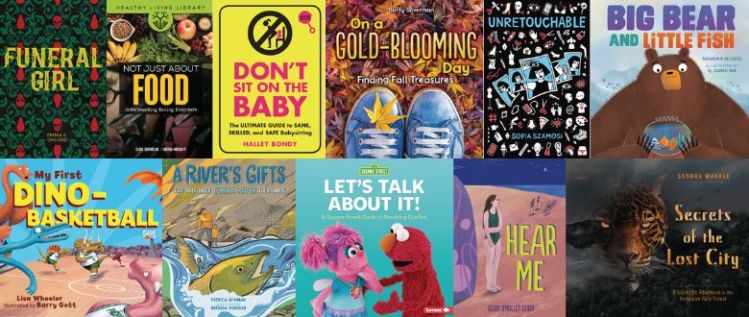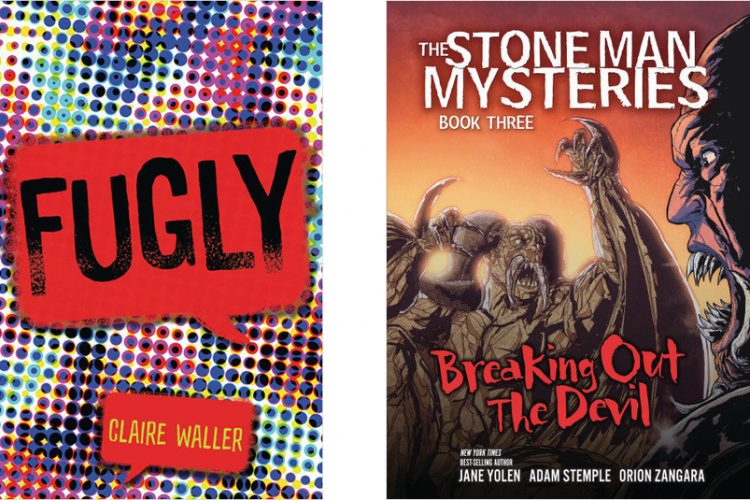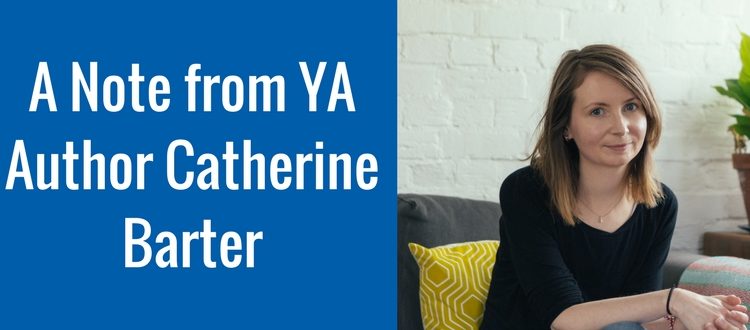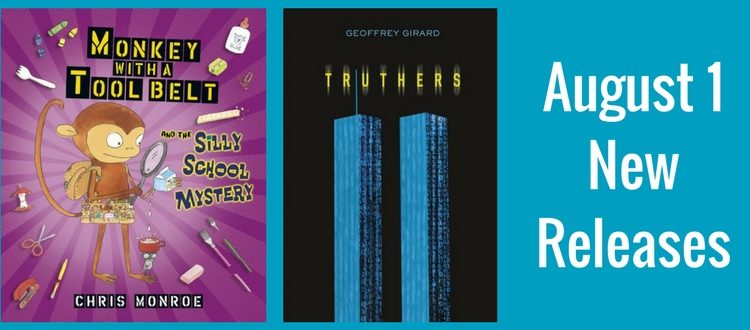
HAPPY BOOK BIRTHDAY: NEW PICTURE BOOKS, PAPERBACKS, GRAPHIC NOVELS, YA, MIDDLE GRADE, AND NONFICTION
by Megan Ciskowski, Associate Publicist Check out September new releases from Lerner Publishing Group!Read more "HAPPY BOOK BIRTHDAY: NEW PICTURE BOOKS, PAPERBACKS, GRAPHIC NOVELS, YA, MIDDLE GRADE, AND NONFICTION"





